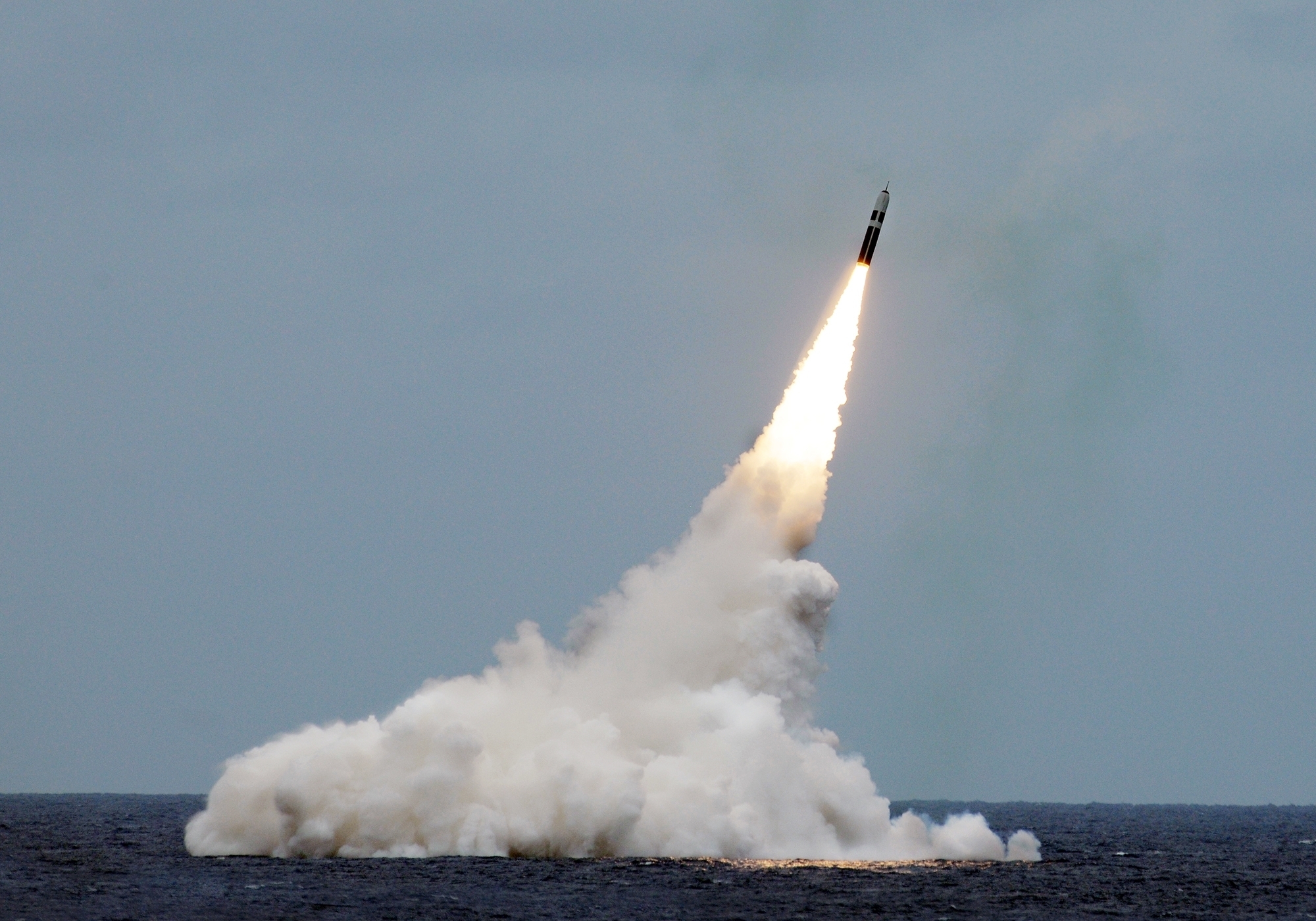The recent parliamentary and expert discussions of financial costs of British nuclear weapons have taken place within the wider political context of austerity and cuts to public spending. In July 2016, the House of Commons backed the renewal of the UK’s Trident nuclear weapon system by 472 votes to 117.
This report draws upon a mixture of publicly available data and estimates in order to outline both the current operating costs of the Trident nuclear weapon system, as well as the estimated costs of the current plans to renew the UK’s nuclear arsenal.
Report highlights:
- The UK Government expects future operating costs to remain at 5-6 percent of the defence budget through to 2021.
- Over the 30-year lifetime of a new system that enters into service in 2031, total In-service costs could range between £71.4 billion and £140.5 billion.
- The Infrastructure and Projects Authority has rated the Dreadnought programme Amber/Red, meaning that: “Successful delivery of the project is in doubt, with major risks or issues apparent in a number of key areas.”
- Acquisition costs of Britain’s Trident nuclear weapon system amounted to £18.35 billion (in 2015-16 prices) incurred between 1980 and 1998.
While estimating costs may seem like a simple task, two factors make it more complex, especially in relation to future expenditure: incomplete data in the public domain and problems in defining attributable expenditure. A history of cost overruns and delays highlight the fact that nuclear weapons systems are perhaps the most complex and expensive systems of any government procurement, have the longest lead times and perhaps the most stringent assurance requirements.
Images: MOD (Consent License) and the OGL (Open Government License)


